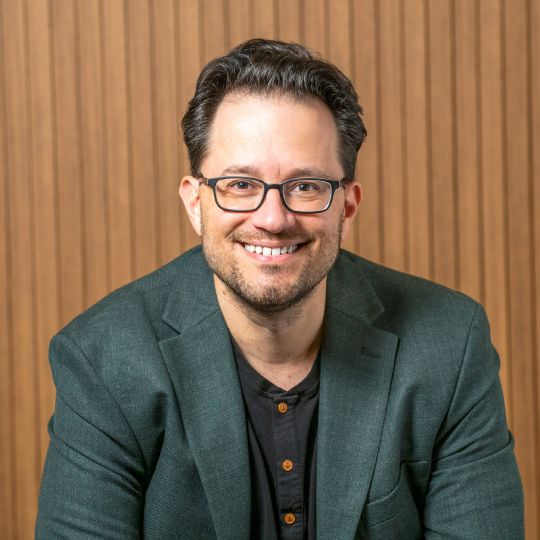Want to become a high-value business partner? Fix learning measurement
69% of companies say the inability to measure learning’s impact represents a challenge to achieving critical learning outcomes according to Brandon Hall Group’s 2019 Learning Strategy Survey. That means two-thirds of the L&D industry can’t do their jobs correctly because they don’t know what is (and isn’t) working. That’s a big problem. But it’s also a problem L&D has been struggling with for decades.
I joined David Wentworth, Principal Analyst at Brandon Hall Group, to explore this challenge during our webinar “Once Upon a Time … in Learning Measurement.” By the end of our story, we arrived at a simple truth: if L&D wants to become a high-value strategic business partner, they have to fix their measurement problem.
Companies that are prioritizing their data practices, such as Bloomingdale’s and Aristocrat, are connecting the dots between learning and business results in ways previously thought to be impossible (or at least way too difficult to attempt). The true business impact of frontline employee training report showed that, on average, organizations with improved measurement are finding that 29% of their business results are generated by employee training. That’s a very big number that clearly demonstrates the value of workplace learning.
So what can you do to start fixing your learning measurement problem? Here are six ideas we discussed during the webinar.

Start by asking one question
What problem are you trying to solve? L&D should not collect data just for the sake of it. Instead, they must determine how data can be used to solve a meaningful problem with regards to how they support employee performance.
Expand your definition of “data”
Learning data and business data are not two separate concepts. Learning data is a small part of business data. L&D must consider the full range of available data that can be applied to help them solve problems and measure their solution impact.
Identify the data you need
Measurement is not a one-size-fits-all concept. Every team will need to use different metrics to solve different problems for different audiences. Therefore, L&D must identify the specific metrics they’ll need, such as ongoing knowledge changes, real-world job behaviors and business KPIs, to build their data strategy.
Adapt data-rich tactics
Many traditional training tactics, such as classroom sessions and eLearning modules, are data-poor. They just don’t generate much meaningful data. L&D must assess their tools and tactics and determine how they can introduce data-rich practices, such as reinforcement, assessment and coaching.
Design data-rich solutions
A results-focused solution design approach can set the stage for improved learning measurement. L&D can challenge stakeholders to clarify key data points, including expected changes in knowledge, behavior and results, before deciding on a right-fit solution.
View measurement (and learning) as continuous
Learning doesn’t end when the training program is over. Why should measurement? Rather than considering measurement part of a short-term project, L&D must shift its mindset to a continuous cycle of data collection, analysis and application. This will help L&D get proactive, identify performance gaps before they become problems and determine which solutions are (and are not) worth sustaining.
Let’s face it. The traditional measurement models we all know just don’t work anymore (if they ever did). L&D should stop trying to force a square peg into a round role. Instead, they must adopt data-rich practices that will finally help them determine the impact of their solutions. These practices will also play a crucial role in helping L&D introduce emerging, data-rich concepts, including personalization and artificial intelligence.
You can get even more ideas for how to fix your measurement problem by watching the full webinar.
Be safe. Be well. And be kind to the frontline.
